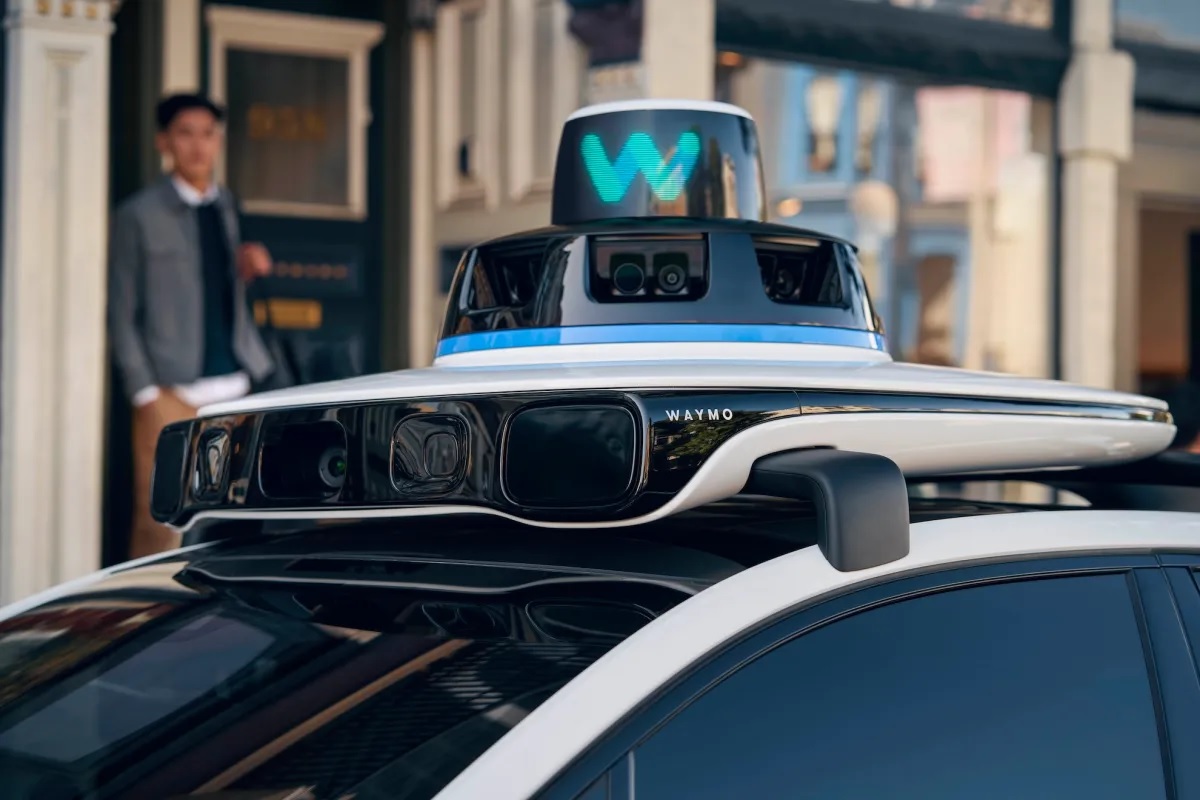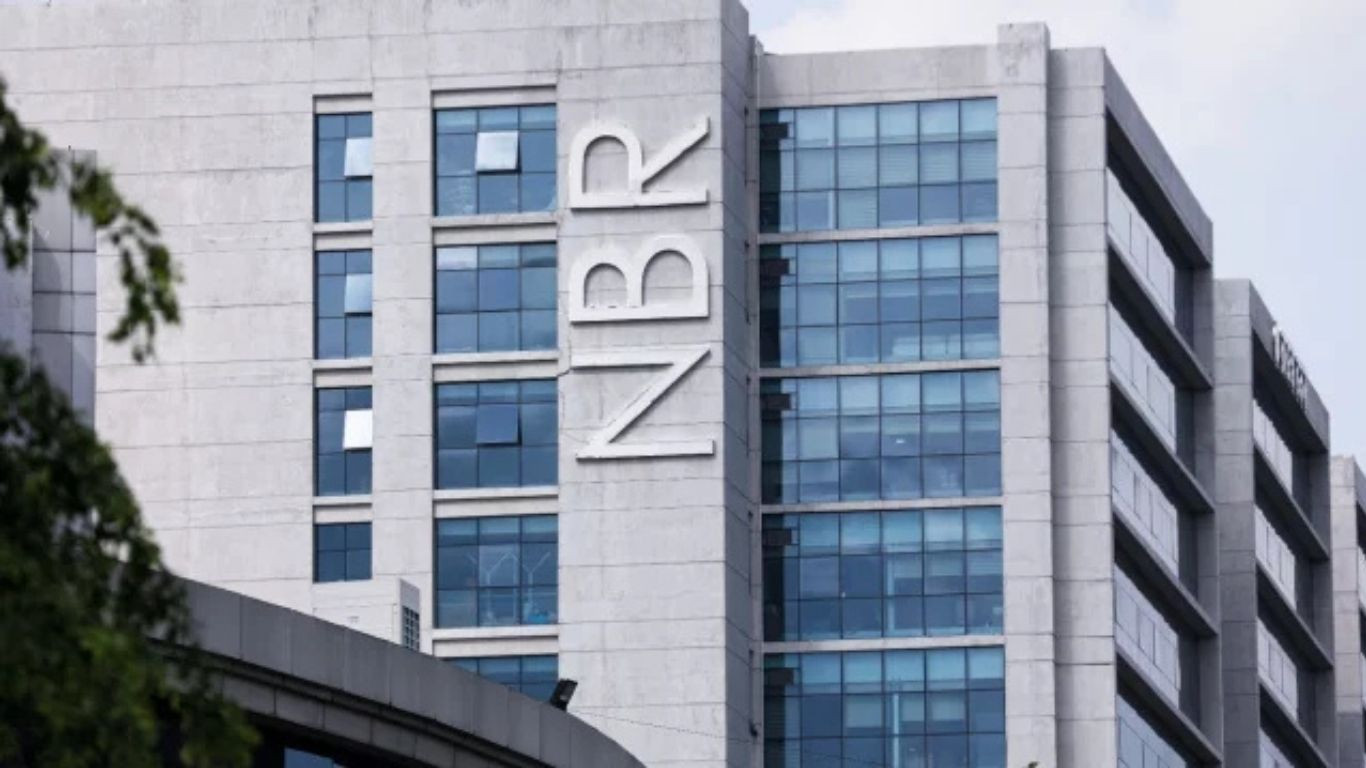Waymo sets sights on London with 2026 robotaxi launch

What the rollout could look like
Waymo plans to launch a commercial robotaxi service in London in 2026, marking its second international expansion after Tokyo. The Alphabet unit said the London service will build on years of testing in complex urban environments and will involve partnerships with local authorities. The company did not confirm which boroughs will be first. London adds unique constraints: dense streets, variable signage, frequent construction, and complex pedestrian flows. Waymo argues its fifth-generation sensor suite and updated driving policies are mature enough to handle it. The move raises competitive stakes with rivals pursuing robotaxis through licensing deals or supervised driverless pilots. It also spotlights the regulatory path. Transport for London will scrutinize safety, data practices, and incident response as the service scales.
Why 2026? Two factors stand out. First, Waymo’s ride-hail product needs new cities to prove repeatable operations beyond Phoenix and San Francisco. Second, Europe’s forthcoming automated-vehicle rules and the U.K.’s self-driving legislation create clearer compliance checklists than before. Hardware partners are preparing vehicles with redundancy across compute, braking, and steering to meet local mandates. Yet questions remain. How will pricing compare with Uber or black cabs? Can Waymo maintain uptime in rain and narrow lanes? And will unions push for protections if fleet sizes grow? If London goes well, the company could connect airports and business districts with predictable corridors first before expanding. The prize is not only fares but a data lead in a global capital. For travelers and commuters, the early years will feel experimental—limited hours, mapped geofences, and staged expansions—before any true citywide promise.






















